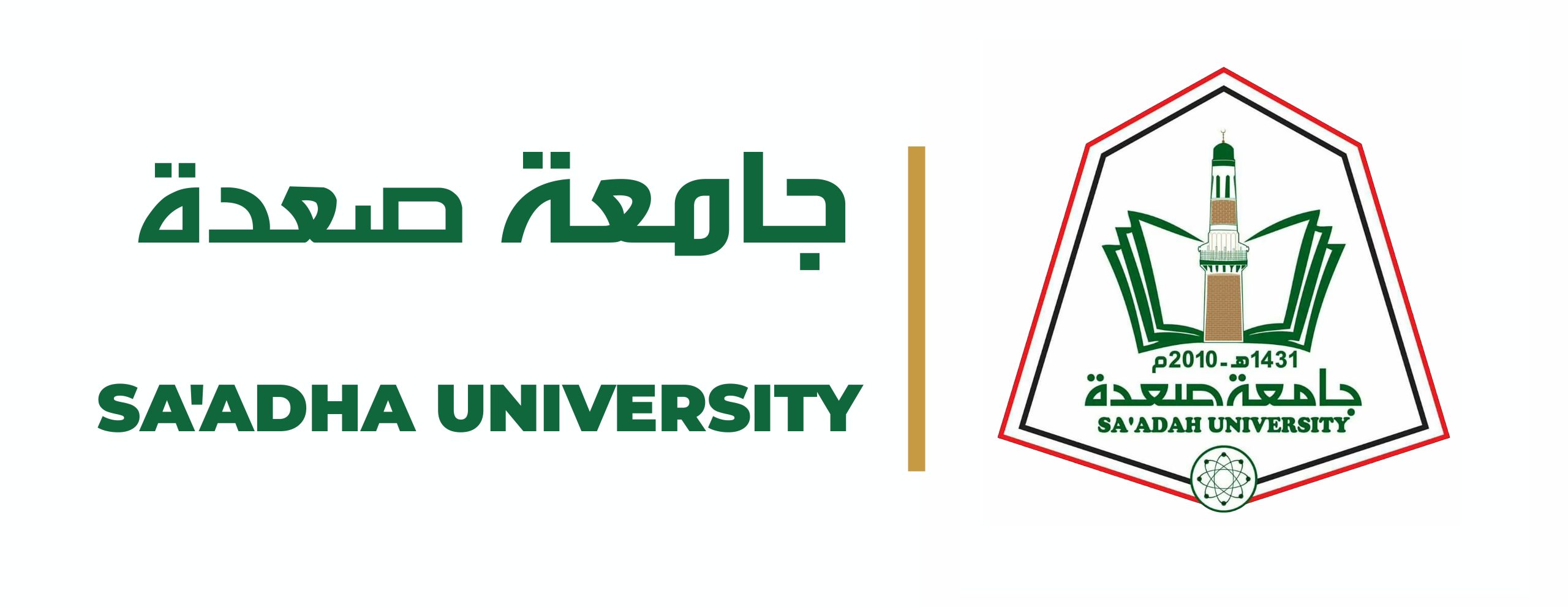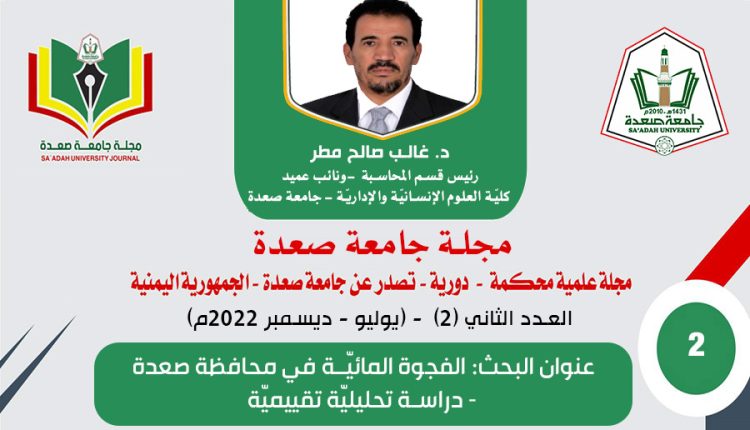الفجوة المائيّة في محافظة صعدة – دراسة تحليليّة تقييميّة
د. غالب صالح سعيد مطر- رئيس قسم المحاسبة ونائب عميد كليّة العلوم الإنسانيّة والإداريّة – جامعة صعدة
الملخص: هدفت هذه الدراسة إلى تحليل وتقييم الفجوة المائيّة في محافظة صعدة من خلال تحليل وضع مؤشّرات هذه الفجوة، ممثلة في مؤشّرات الاستنزاف ومؤشّرات التغذية ومستوى الاختلال بينهما، واتجاه هذه المؤشرات خلال فترة الدراسة الممتدة من يناير 2020م إلى مايو 2021م. وناقشت الدراسة مشكلة الفجوة بين مصادر الاستنزاف ومصادر التغذية للموارد المائيّة في الحوض المائيّ لمحافظة صعدة، ومؤشّرات هذه الفجوة واتجاهاتها. واعتمدت الدراسة على المنهج الوصفيّ التحليليّ في توصيف وتحليل البيانات المتعلقة بمؤشرات الفجوة المائية في المحافظة، سواء البيانات التي تم الحصول عليها من الجهات الرسميّة ذات العلاقة، أو باستخدام الأسلوب الميدانيّ عن طريق المقابلة كأداة لاستكمال النقص في البيانات الرسميّة، وأجريت هذه المقابلة مع عيّنة عشوائيّة، تكونت من50 مزارعا، في حوض صعدة المائيّ.
وأظهرت نتائج الدراسة أنّ الفجوة المائيّة ممثلة في مؤشرات الاستنزاف ومؤشرات التغذية ومستوى هبوط المنسوب المائي الذي يتجاوز 6 متر/ سنة تشير إلى أنّ هنالك فجوة كبيرة جدّا بينهما تقارب 1000%، وهذه الفجوة ذات اتجاه تصاعدي أوصل الموازنة المائيّة إلى نقطة حرجة تنذر بمخاطر النضوب خلال فترة لا تتجاوز 31 عاما، في ظلّ الوضع الراهن لمستويات الاستنزاف والتغذية.
وقد خلصت الدراسة إلى عدد من التوصيات، منها ضرورة تنظيم الحفر للآبار الأرتوازية، والاهتمام بإقامة السّدود والحواجز المائيّة لتعويض الفاقد من المياه الجوفيّة.
الكلمات المفتاحيّة: الفجوة المائيّة – حوض صعدة المائيّ – الآبار الأرتوازية – السّدود.
اضعط الرابط لمطالعة البحث/الدراسة:
http://saada-uni.edu.ye/wp-content/uploads/2022/11/2.3-الفجوة-المائية-صعدة-دراسة-تحليليّة-تقييميّة.pdf
او الرابط التالي:
https://drive.google.com/file/d/1ulQwUppdKqtYNaylYB8mVSQKnFfpnhjP/view?usp=sharing

